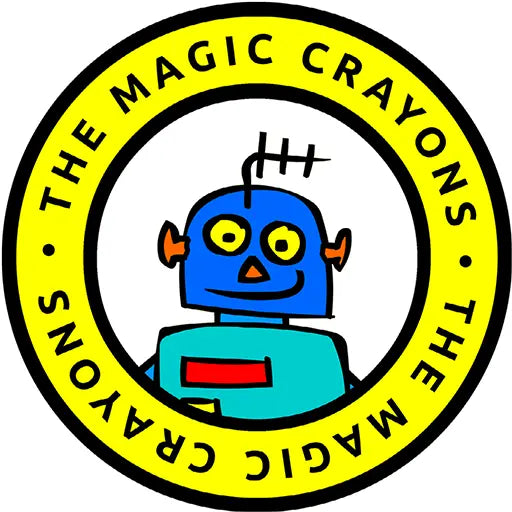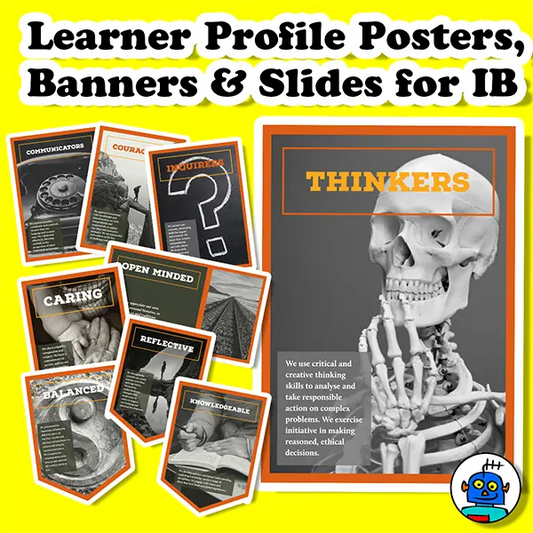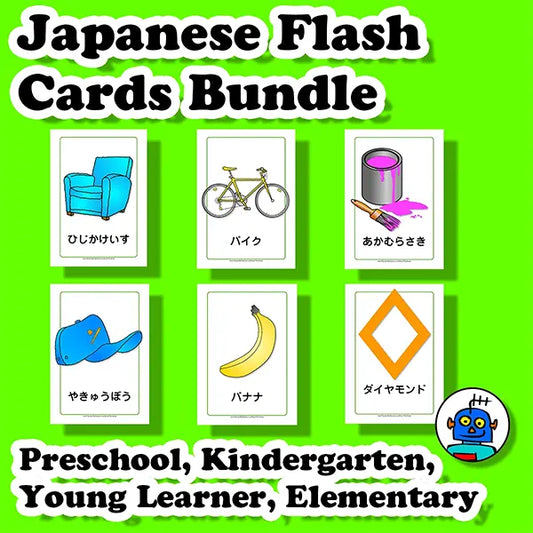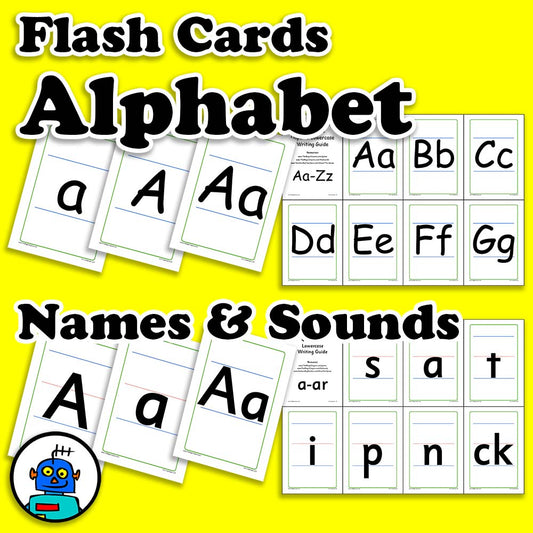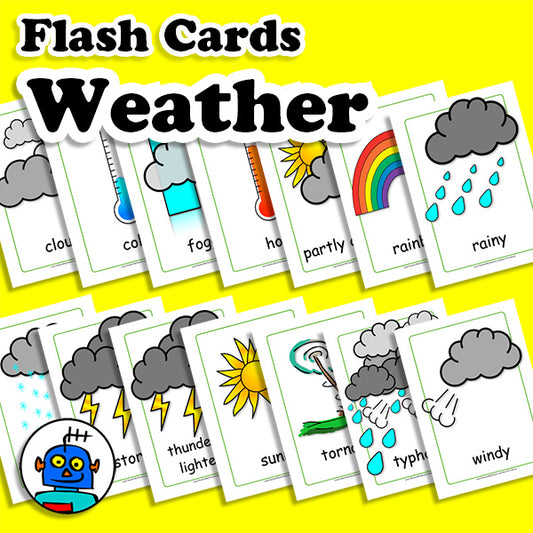How To Teach English Kindergarten Classes in Japan
Practical Teaching Advice from English Teachers in Japan.
The Magic Crayons website provides valuable resources for ESL teachers, including a comprehensive guide to pedagogy, teaching techniques, and classroom activities. Their user-friendly design and extensive materials, such as flashcards, worksheets, and games, make learning engaging and fun. The Pedagogy pages offer practical tips for lesson planning, classroom management, and assessment, making it a must-visit for both new and experienced educators. With a focus on creating a positive learning environment, The Magic Crayons website is a go-to resource for ESL teachers worldwide.
Popular Rresources
-
IB Learner Profile Posters and Banners - Design and Computing Set | Digital Download
Vendor:The Magic CrayonsRegular price $5.00 USDRegular priceUnit price per -
IB Learner Profile Posters and Banners | Digital Download
Vendor:The Magic CrayonsRegular price $5.00 USDRegular priceUnit price per -
Japanese Flash Cards Bundle | Digital Download
Vendor:The Magic CrayonsRegular price $13.00 USDRegular priceUnit price per$26.00 USDSale price $13.00 USDSale -
English Alphabet Phonics Flash Cards | 16 Sets | Digital Download
Vendor:The Magic CrayonsRegular price $3.00 USDRegular priceUnit price per -
English Weather Flash Cards | Digital Download
Vendor:The Magic CrayonsRegular price $3.00 USDRegular priceUnit price per
- Choosing a selection results in a full page refresh.
- Opens in a new window.
